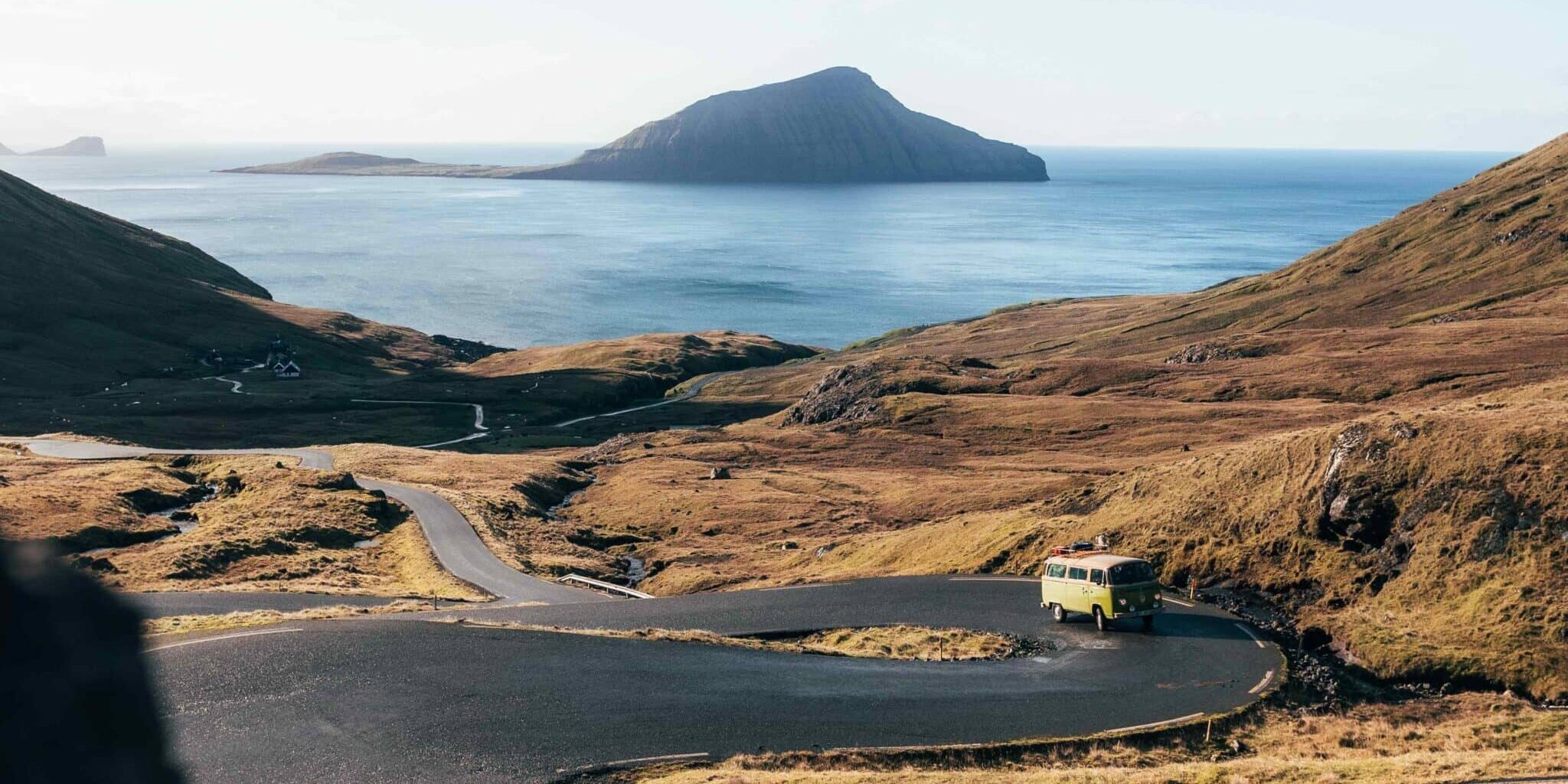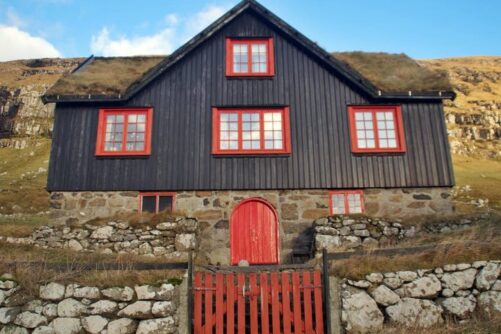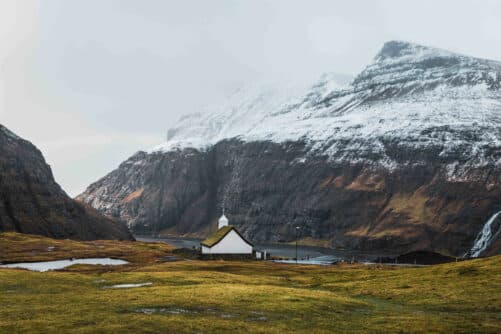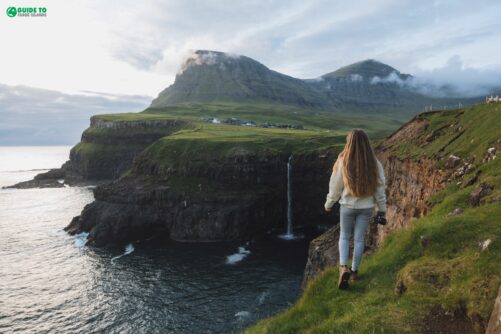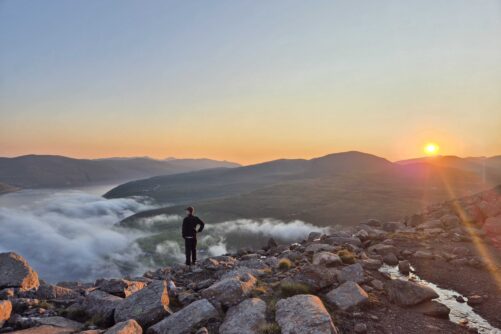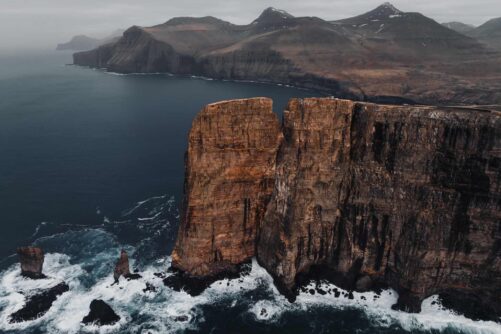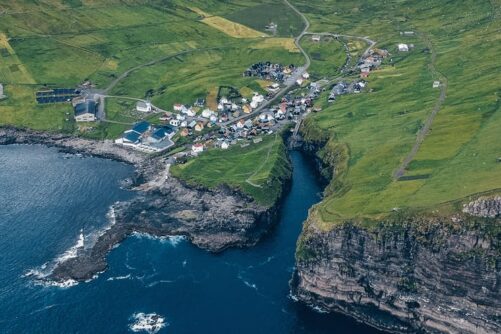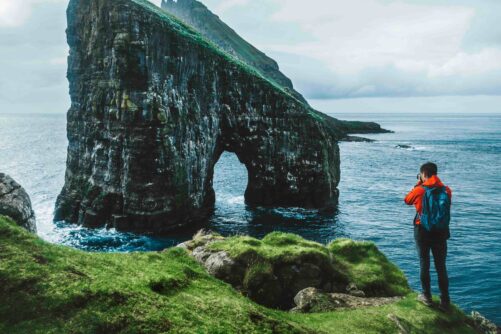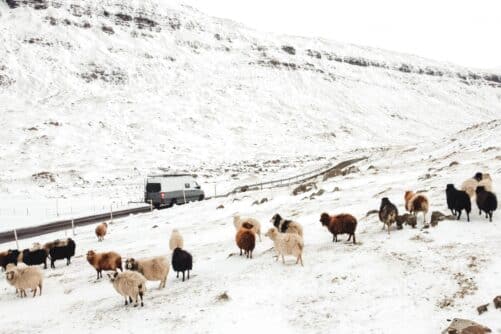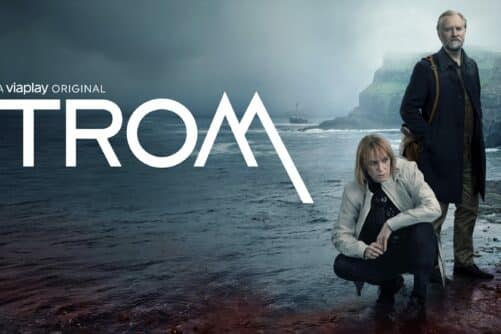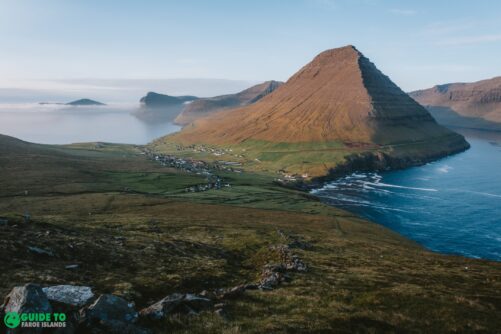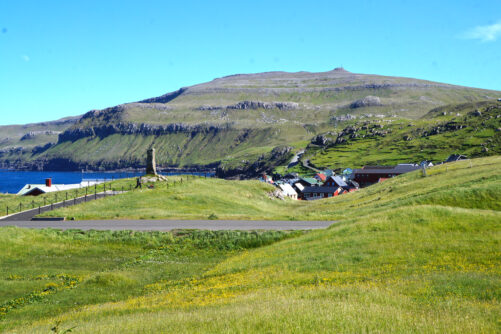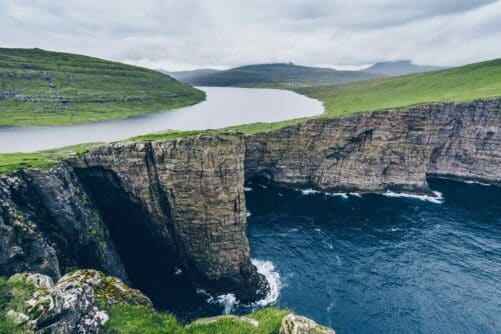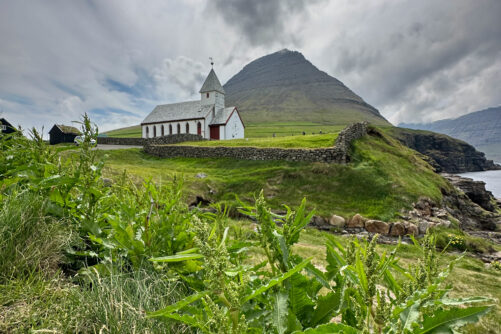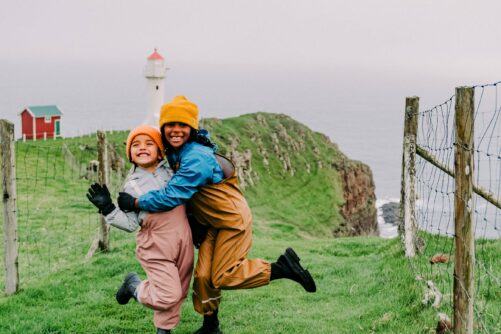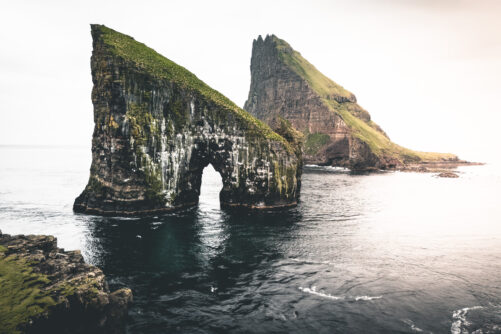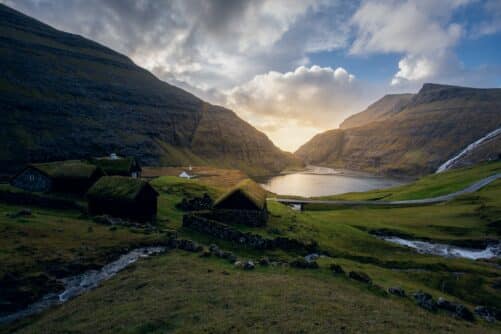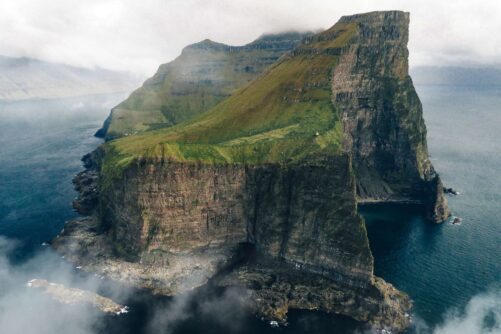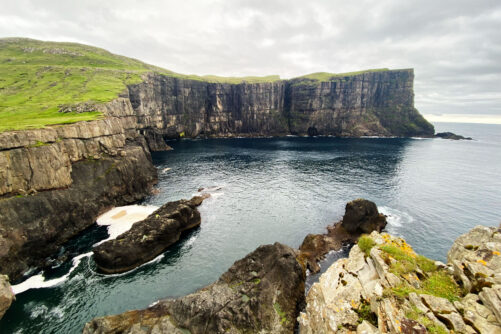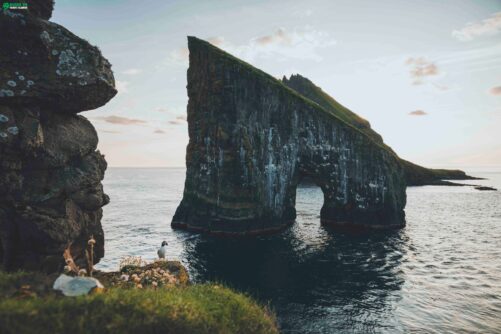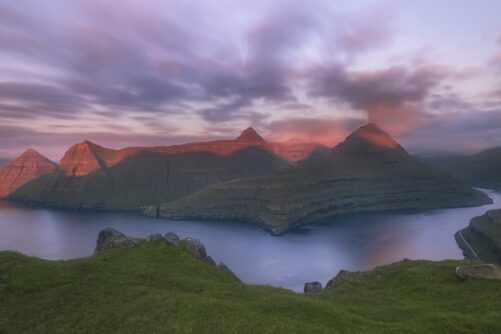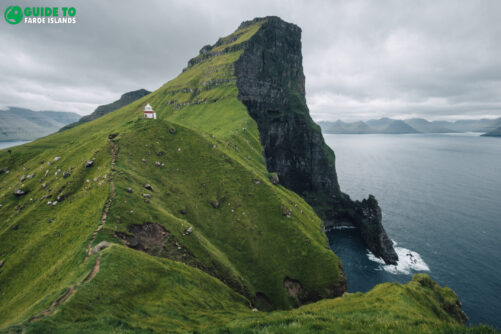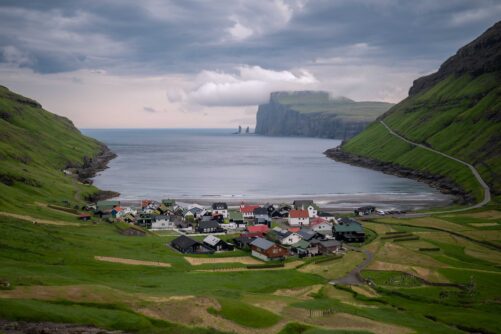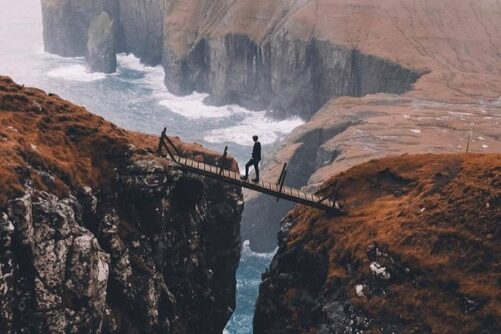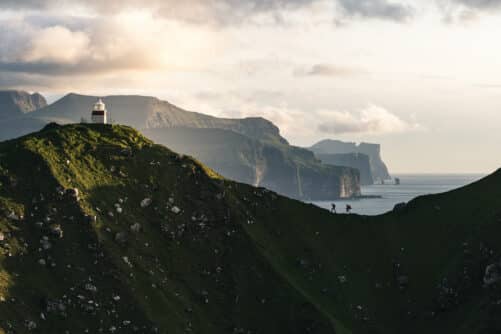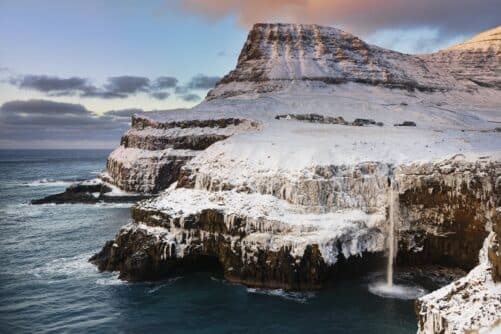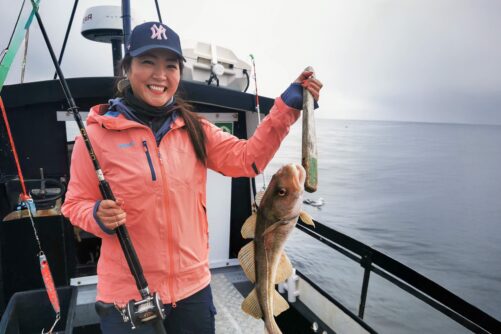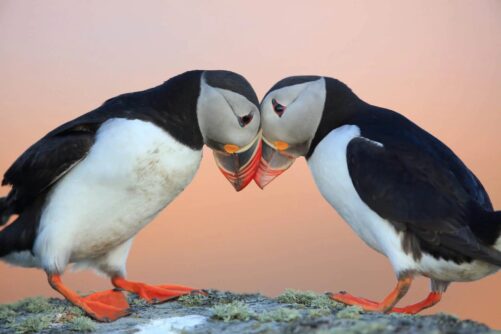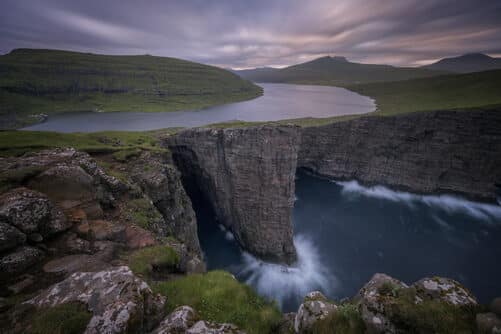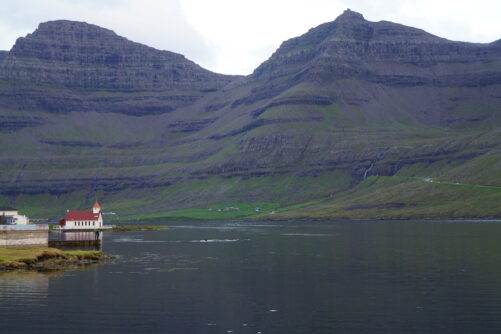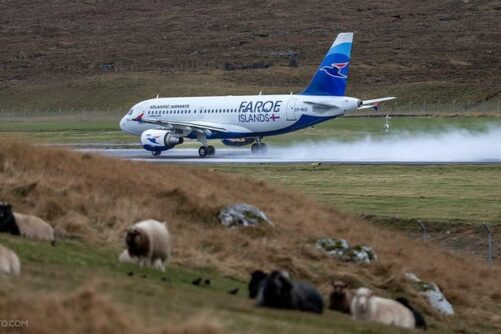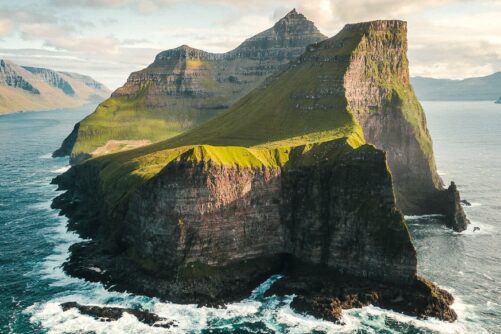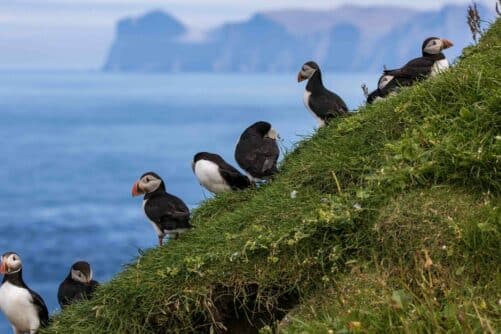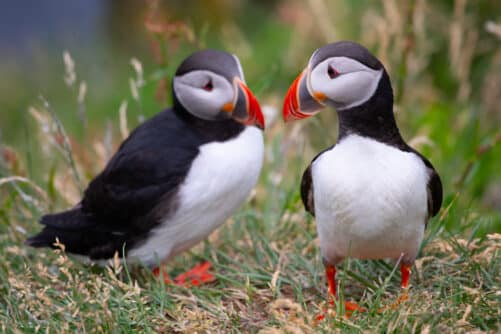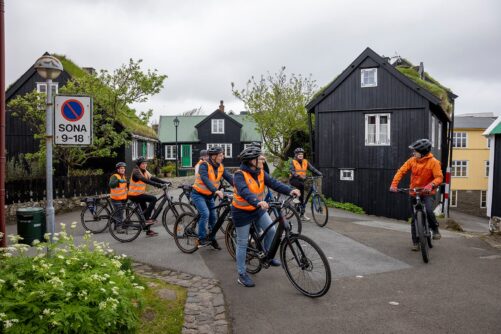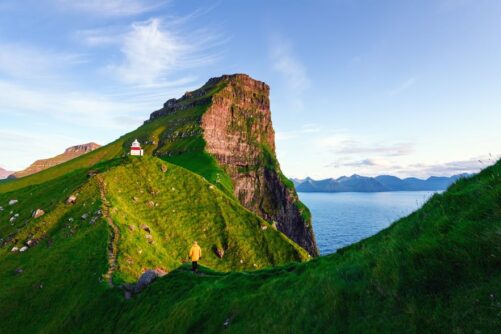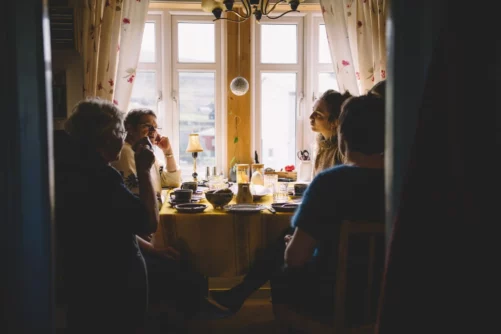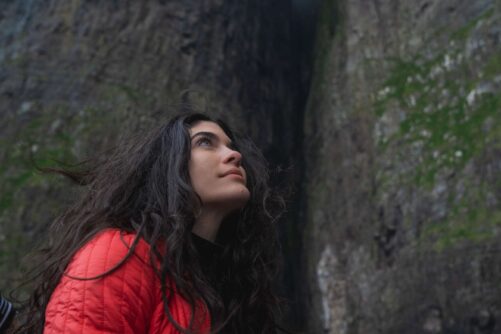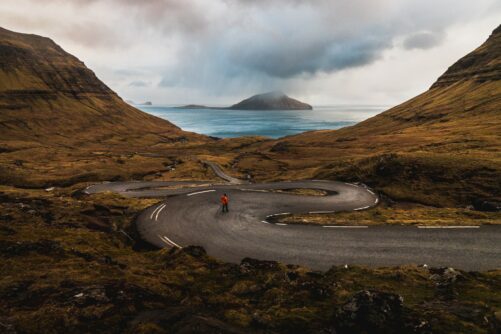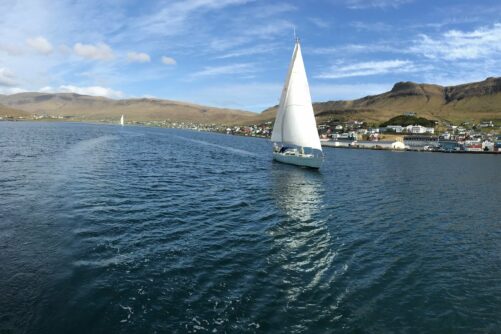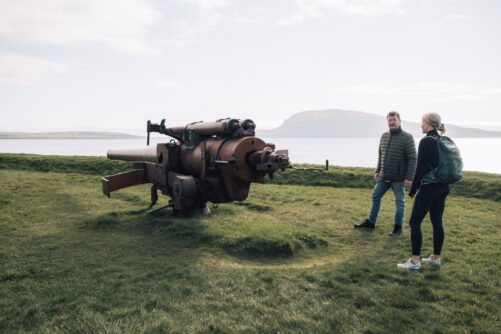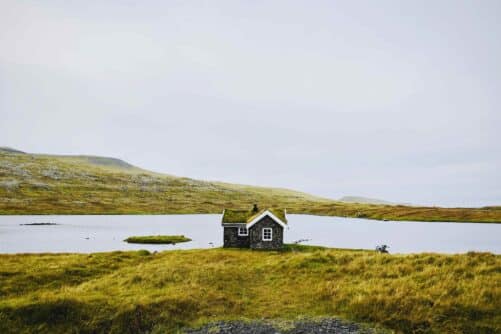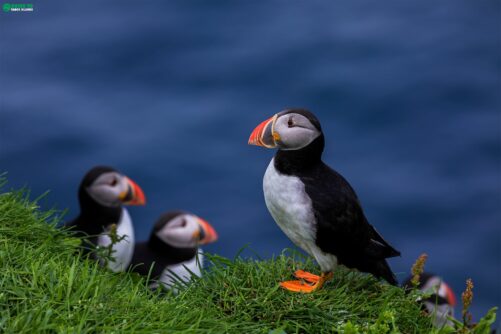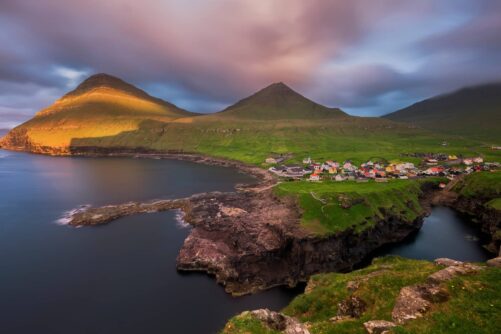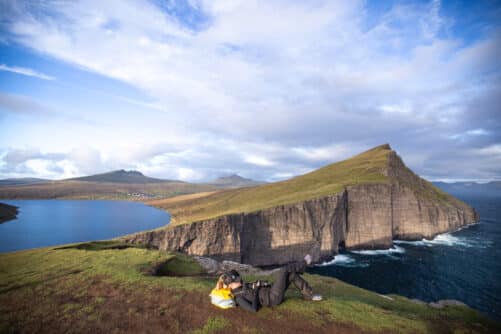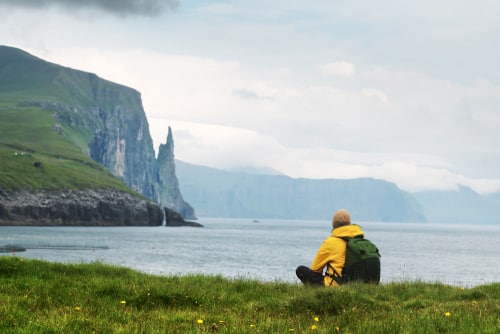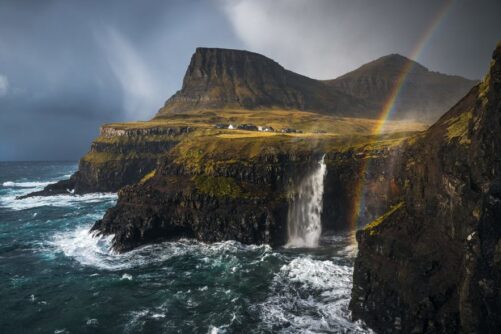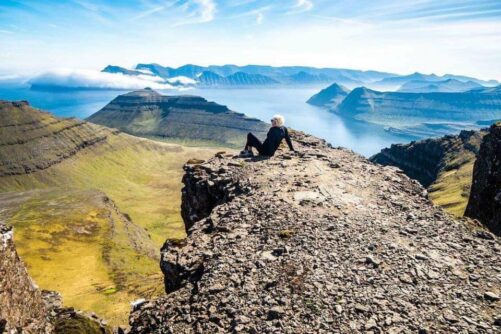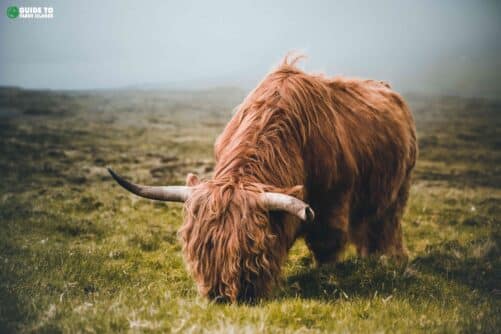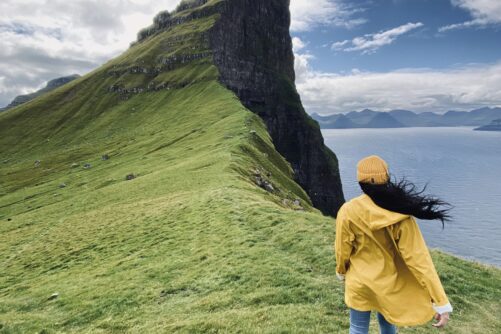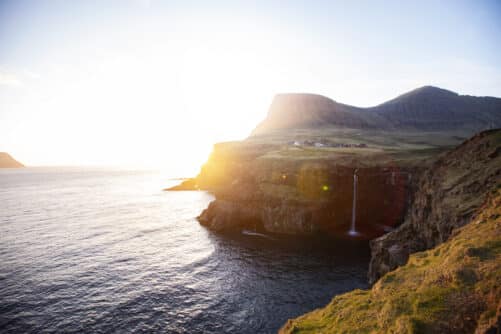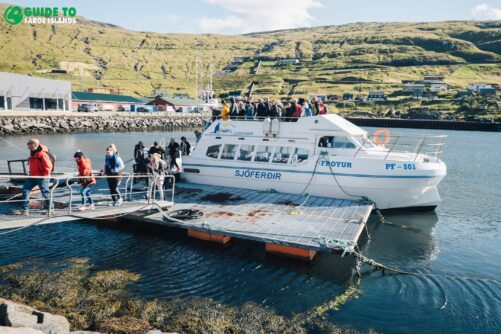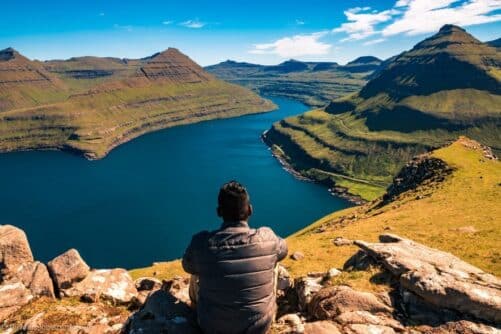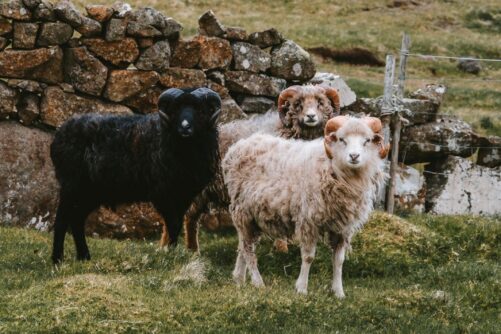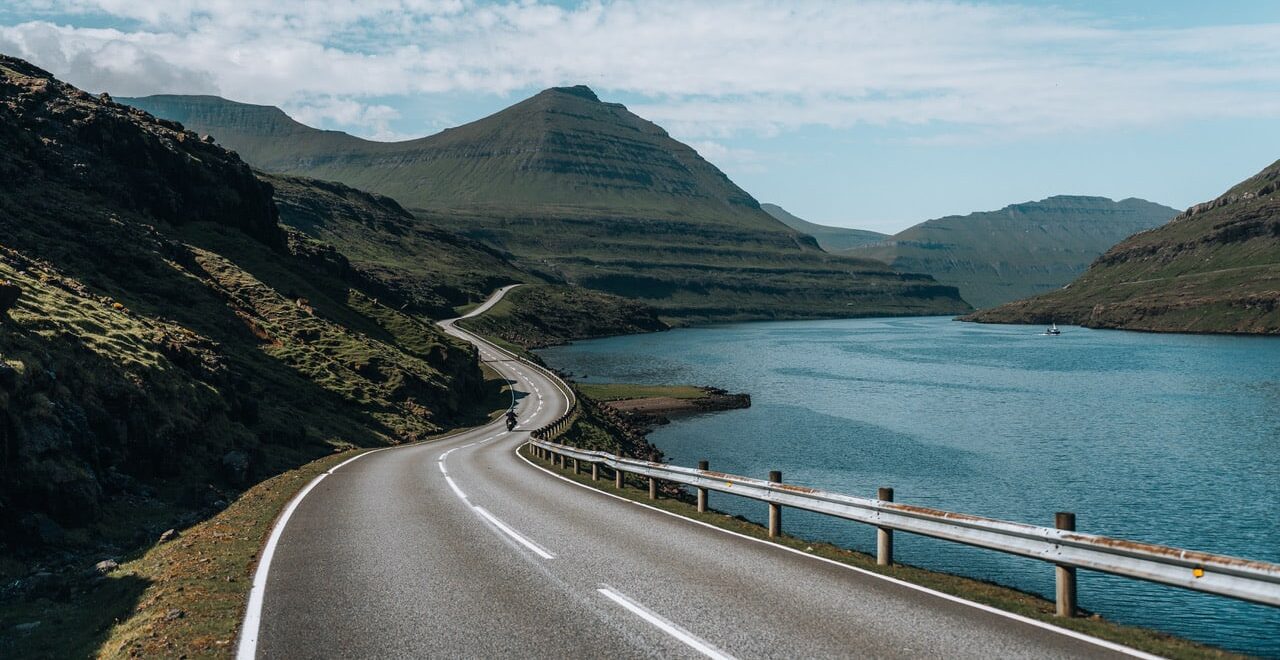

What is the best time to visit Faroe Islands?
Wondering what would be the best time to visit the Faroe Islands? Here are our tips and expert advice to guide you through pros and cons of the different seasons in the Faroe Islands.
- Dip into the this one week Faroe Islands Itinerary
- See also: 18 Things to Know for your First Trip to Faroe Islands
- Rent a Car and travel Faroe Islands at your own pace
- See a variety of Faroe Islands on a Package Vacation in Faroe Islands
The most frequent question we get at Guide to Faroe Islands is ‘when is the best time to visit Faroe Islands?’. Travelling to the Faroe Islands during different seasons will give you very different experiences.
From the near all-day sunshine during summer to the short days and cosy long dark nights during winter. Let us take you through a tour of the seasons and help you decide which season best suits you travel goals.

The first thing anyone visiting the Faroe Islands should know is that the weather in the Faroe Islands is unpredictable and there is no weather guarantee. There can be snowstorms or summer in May and November can be mild or inhospitable.
So whenever you choose to be your best time to visit mountainous Faroe Islands, make sure to plan and pack according to the changeable weather. When you know what to pack for travel in the Faroe Islands, you are well prepared for your vacation in the Nordic archipelago whatever the season.
The summer season
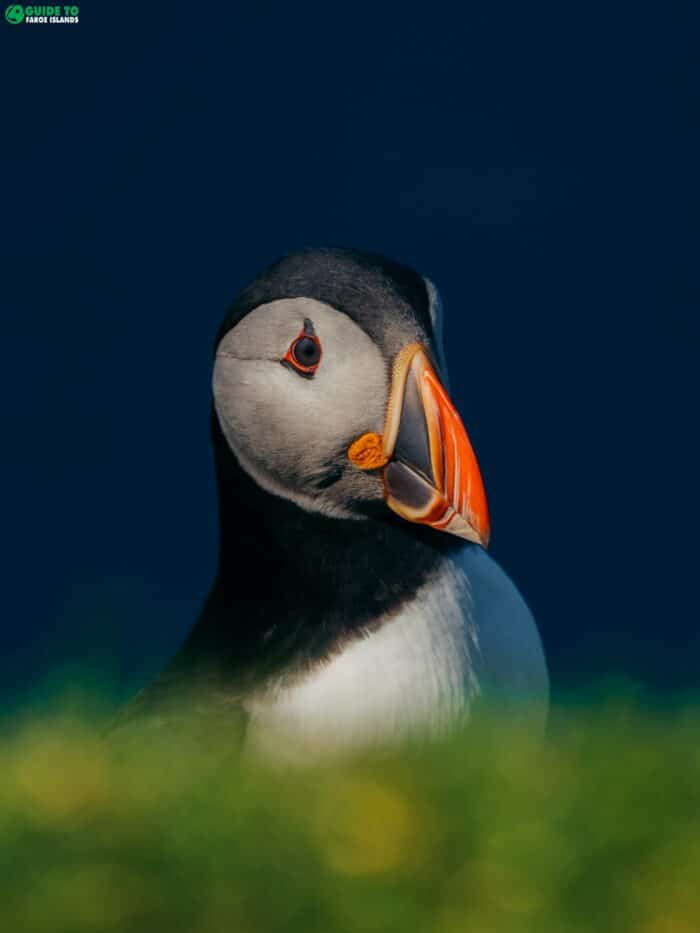
Most visitors plan to visit the Faroe Islands in the summer season to experience the long days (daylight is up to 22 hours in June and July) and the fairer weather that allows for easy access to the more remote islands. The summer season is also when the Islands’ tourism industry comes alive and all tours and excursions that the Faroe Islands tour operators have to offer are available.
During summer the weather usually keeps reasonably dry and the temperature sits around 13-15 degree Celsius which makes summer the best season for hiking in the Faroe Islands, especially if you are an inexperienced hiker just wanting to do the hikes to reach the main attractions. Take a look at the best hikes in the Faroe Islands.

But summer is also busy season, and while you will never find the Faroe Islands busy as such, some popular destinations with very limited capacity such as Mykines can be busy and day tours to Mykines can be fully booked well in advance.
Hotels and rental cars are also in short supply during summer, so booking early is essential if you plan to visit between May and September. Travellers like to stay at turf-roofed hotels such as Hotel Føroyar and Hotel Brandan.
The winter season
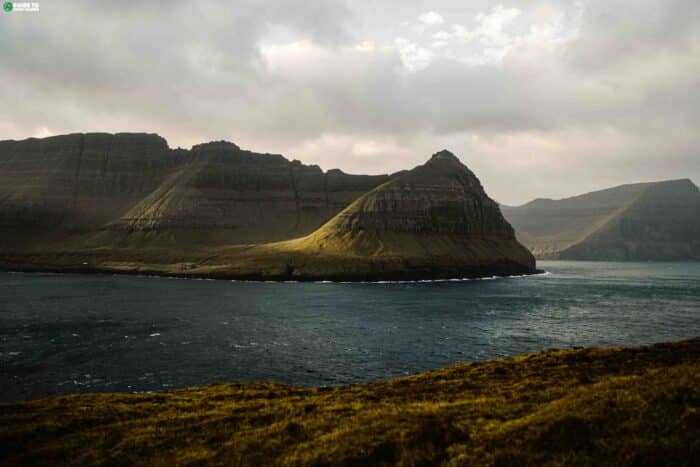
If you want to explore the real rugged Faroe Islands that the islanders themselves experience during most of the year, you should brave the elements, pack your hat and mittens, and visit the islands during the cold and moody winter seasons. The reward will be a uniquely local experience as you are unlikely to meet many travellers on your way to even the most popular attractions in the Faroe Islands.
Winter is also the time when you might encounter the Northern Lights or Aurora Borealis in the Faroe Islands. This is also the time of the year when you have the best chance to see the islands snow clad from top to bottom.

The days are short in winter. On the shortest day of the year on 21 December, the sun is up at 09:50 and sets again at 14:59, which giving you just more than 5 hours of daylight. Then days start getting brighter again.
One of the big difference between summer and winter in the Faroe Islands is the availability and prices for accommodation and car rentals. Hotel rooms and rental cars are readily available and many of the hotels in Torshavn will offer discounted rates during the low winter season. The same goes for car rentals. Beware, the Faroe Islands food culture is high on demand even in winter so make sure to reserve tables at restaurants in due time.

The autumn and spring seasons
Often referred to as the shoulder seasons, autumn and spring offer you the benefits of reasonably stable weather while virtually having the islands to yourself. Some of the tours and attractions close in early October and open late April.
You will have to decide in advance if there are attractions that are a must see for you that might be closed down for the winter. Check up on this on our complete marketplace for tours and activities in the Faroe Islands.

Most main attractions including Múlafossur Waterfall in the remote little hamlet Gásadalur and the vantage point Hvíthamar are open all year round. Same goes for might Fossá Waterfall and the Faer Isles Distillery in Vestmanna.
You will always have the chance to see the remote villages such as Saksun, Tjørnuvík, Gjógv throughout the year. A short hike like the one to the mountain ridge Klakkur on Borðoy Island can also be done both summer and winter.
Anytime is the Best Time to Visit Faroe Islands

Whatever season you choose, you should always be prepared for the weather to be unpredictable and most likely you will experience all four seasons in a single day at some point during your visit. So when you prepare for your Faroe Islands holiday, remember to pack a rainproof jacket, warm clothes, a hat, and good hiking shoes.
Feeling inspired to experience Faroe Islands? Check out how to get to the Faroe Islands by plane and take the next step. Moreover, make sure to browse the widest selection of tours & activities ready to book.

